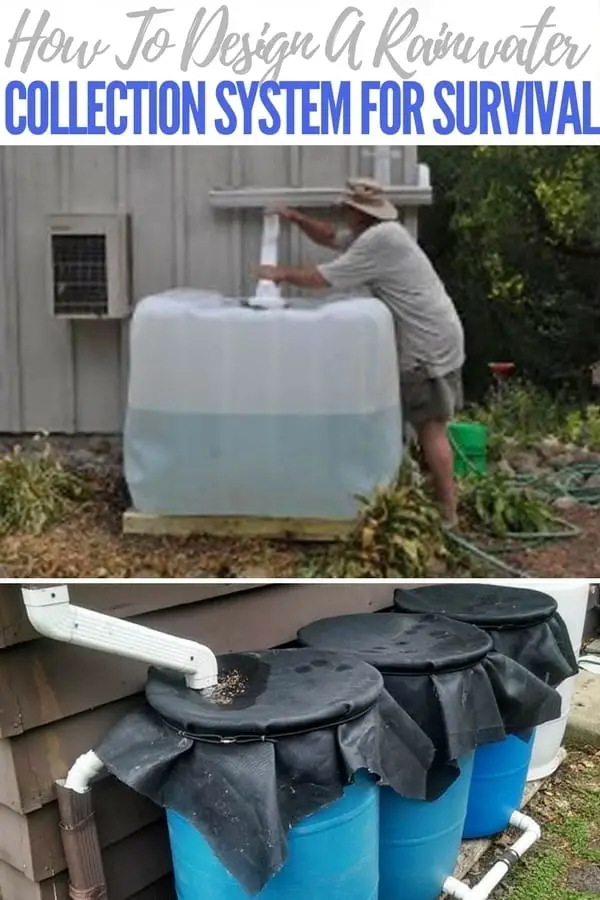
Image Credit: Ed via Flickr
Rainwater collection is a dream of most preppers and survivalists. Slick system that takes full advantage of that great sky-falling resource.
The undertaking may seem a bit lofty for the average person. Homesteaders often do the best job at snagging this life-giving water source.
Designing a rainwater collection system really comes down to a handful of considerations.
When you really break it down, you will see that it is something almost everyone can execute. That is great news for preppers everywhere.
Catchment
What is going to catch the water, and how are you going to maximize surface area to catch as much water as possible?
Many people use their roofs and gutters to catch water. This is a viable option but it is far from the only one.
You can even build separate structures just for collecting rainwater. The best option is to isolate plenty of surface area and have the means to catch the runoff effectively.
Piping
Once you have established your catchment system, you are going to be considering how you deliver that caught water to a storage tank.
Awnings and gutters can only hold so much water. Your system needs a means of directing that water to a larger storage area.
From PVC to extended downspouts, you can use a number of water highways to get the water from one place to another.
Just be sure the water is running from top to bottom. You should never try to run water upwards unless you have a pump of some kind.
Storage Tank
From 55 gallon drums to 1,000-gallon cisterns, you can use any clean, food-safe container for storing water.
Your storage tank should be contained and it should be sturdy. You don’t want a weak container to break and flood 1,000 gallons of water in your front yard.
No matter your setup, the collection system will make a difference in water storage.
